History of the Auditorium
The historically significant work of art was completely restored in 2013.
It is the centerpiece of the building inaugurated in 1913: the auditorium designed by Fritz Schumacher as an architectural Gesamtkunstwerk. Its colorful ornamentation had disappeared since the 1950s under a gray-white dispersion coating, and the space had suffered greatly from sometimes reckless use. 100 years later, just in time for the centennial celebrations of the building, this valuable main hall of the University of Fine Arts was completely restored and returned to its original condition.
The full restoration took place over five years. In a first step, the HFBK was able to have the impressive monumental frieze Die ewige Welle repaired since 2008. The mural by painter Willy von Beckerath, which spans three wall surfaces in the auditorium and was created between 1912 and 1918, symbolically represents the rise and fall of a cultural epoch. Thanks to the support of the Stiftung Denkmalpflege Hamburg and funds from the German government's Konjunkturprogramm II, the painting, which is 44 meters wide and 4 meters high, has been cleaned and restored so that it once again shines in its original blaze of color.
After initial color tests and, above all, the raising of the necessary funds, the comprehensive restoration and reconstruction of the interior architecture of the assembly hall could finally be tackled. The imposing room - 24 meters long, 11 meters wide, with a ceiling height of 9 meters - is considered a unique synthesis of the arts consisting of painting and architecture, which was programmatically created in the spirit of a strengthened bourgeois self-confidence at the beginning of a new era, namely as a conscious counterpart to the historicizing town hall architecture with its Kaisersaal.
The architect, the world-famous Hamburg chief architect Fritz Schumacher, co-founder of the Deutscher Werkbund, based the art academy's claim on the following: to promote young artists individually in such a way that they will one day have an all-embracing effect on life and society with their art.
Since the beginning of 2013, the craftsmen and restorers have been working intensively to revive the unique interior architecture with its lush decorative painting. They restored the ceiling panels, originally finely decorated with ornaments in black and gold, over an area of around 300 square meters. The wood paneling on the walls below the Beckerath painting with its 123 elaborate coffered doors was repaired and painted according to the original concept, as were the four room-dividing elements, each consisting of a display case and a column and likewise decorated with gold bands and black dots.
The window reveals, now painted blue again, and the multicolored ornamental bands between the windows and in the corners of the room are particularly eye-catching. The color scheme gives the auditorium a more festive feel again, as opposed to the sober impression of a "multi-purpose hall" that it had for the past 60 years.
The once magnificent, but completely battered, oak strip parquet floor with a surrounding diamond pattern in wood of walnut was largely unsalvageable - it had to be completely replaced over an area of 250 square meters.
The enormous investment was only possible thanks to the generous support of the Hubertus Wald Stiftung in particular, as well as the Hermann Reemtsma Stiftung, the Stiftung Denkmalpflege Hamburg, the Hamburger Sparkasse and the Karl H. Ditze Stiftung.
On the part of the university, the project was supervised by Tillmann Bingel, the staff member responsible for building and construction matters.
The mural cycle Die ewige Welle
Willy von Beckerath's mural frieze Die ewige Welle symbolically depicts the rise and fall of a cultural epoch in a sequence of 8 pictures. Von Beckerath taught from 1907 to 1931 at the Hochschule, then still the Staatliche Kunstgewerbeschule, and headed the class for "Figurative Mural Painting". Influenced by the ideas of the reform movement, he advocated bridging the differences between "high" and applied art. For his main work, Die ewige Welle, von Beckerath aimed to merge architecture and painting by having the canvas embedded in the wall of the building in such a way that the latter becomes the base surface for the decorative painting.
Traces of a symptomatic belatedness - The literary and cultural scholar Sigrid Weigel on breaks in the history of the creation and reception of Willy von Beckerath's picture cycle The Eternal Wave and the special dedication of the cultural scholar Aby Warburg. The lecture, held in October 2013 at the inauguration of the restored auditorium of the HFBK Hamburg, can be downloaded here:



 History of the Building
History of the Building
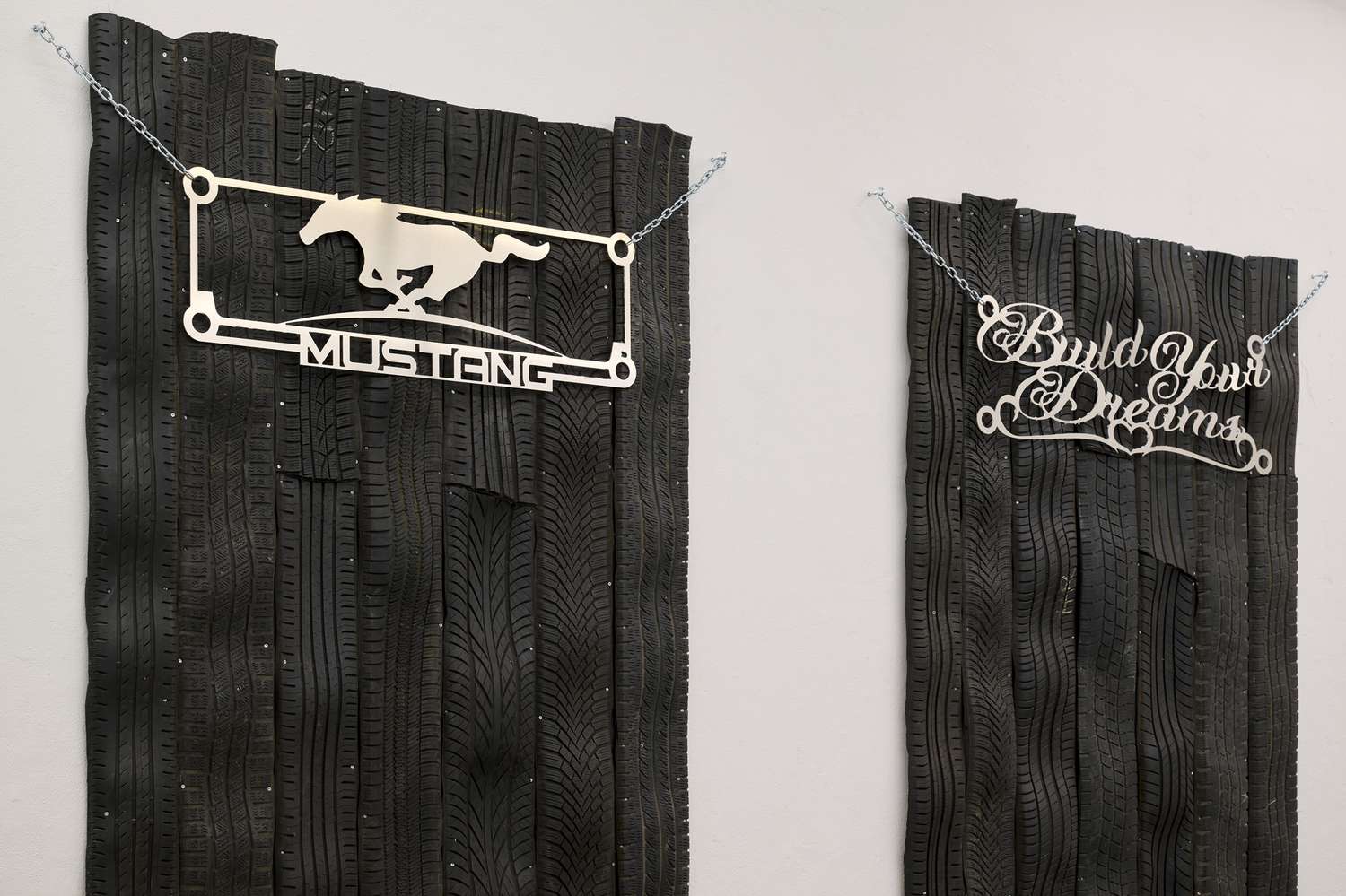
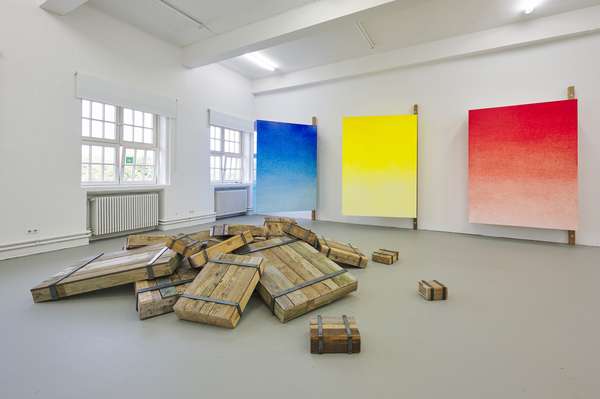














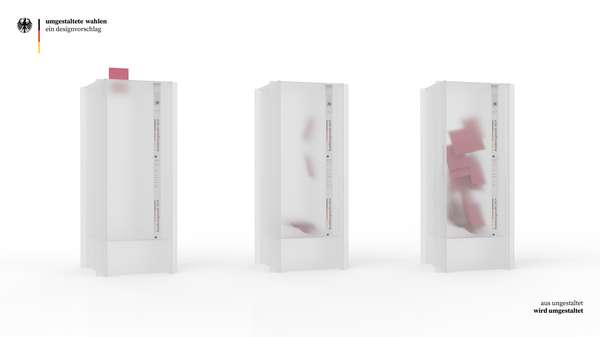




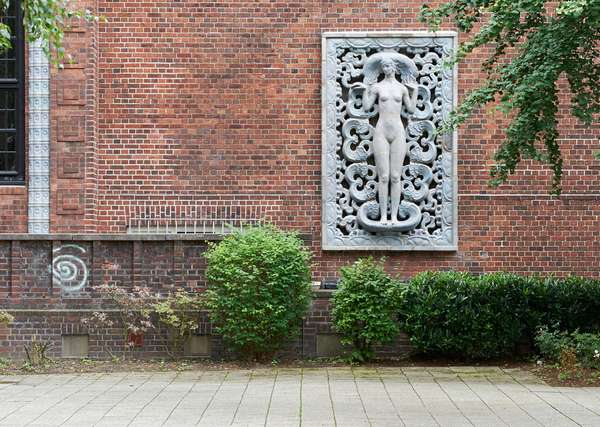


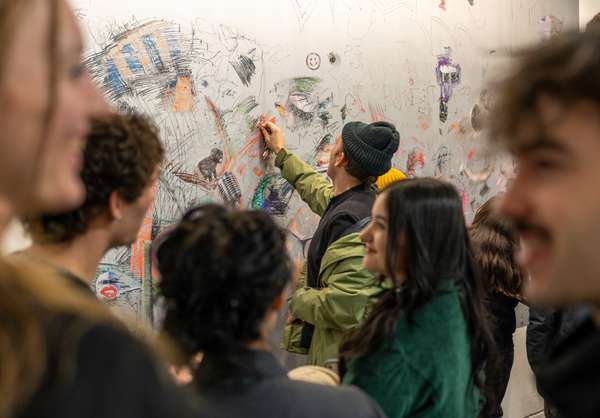




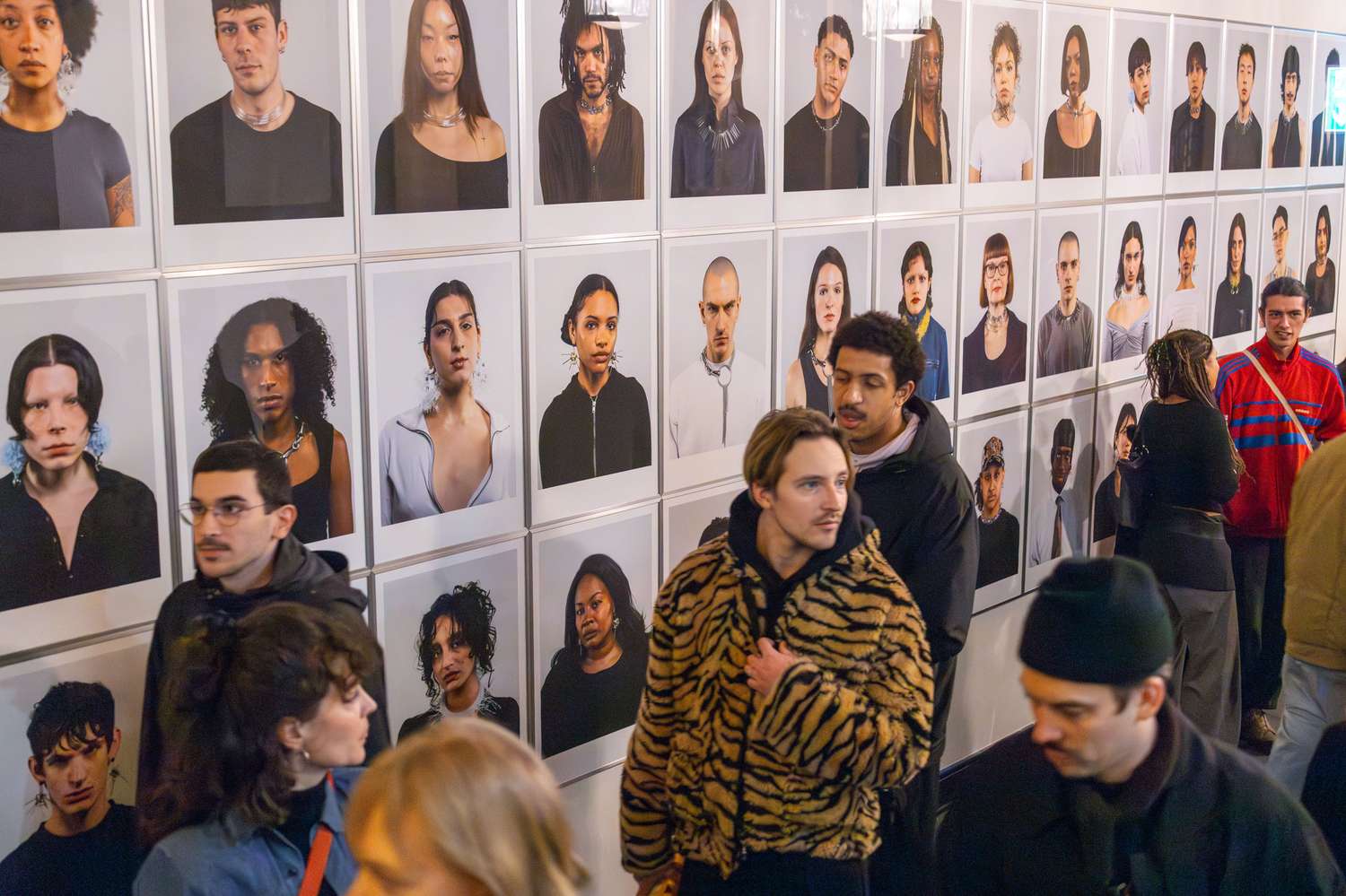





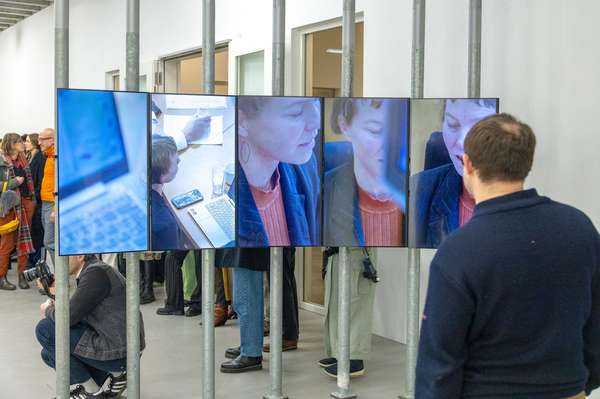







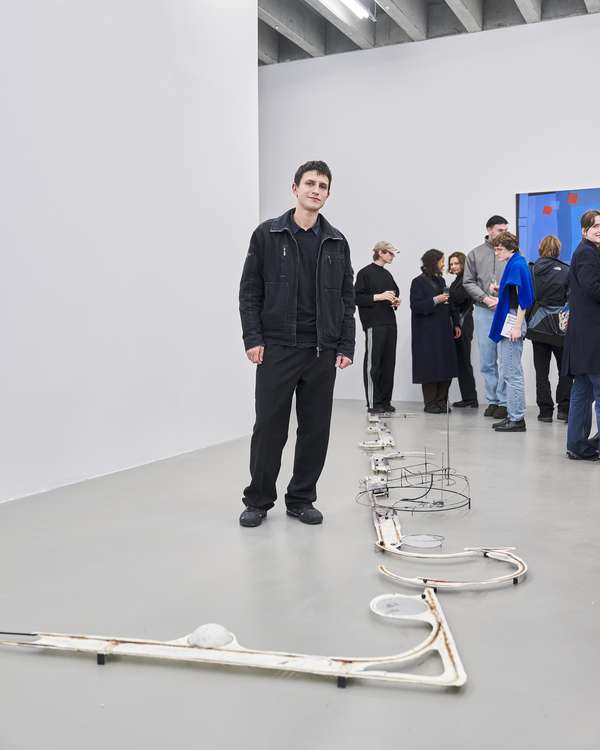


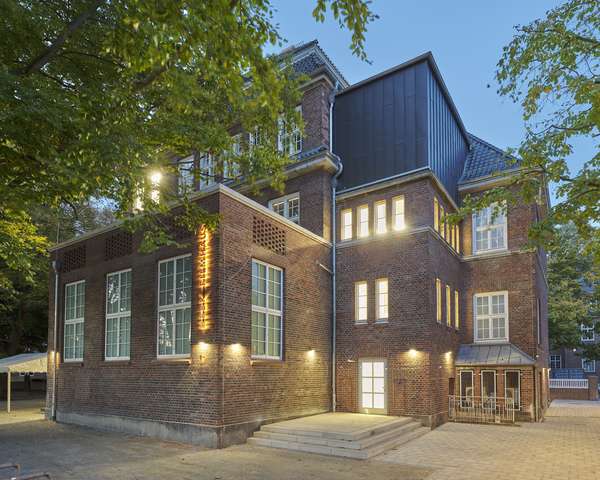













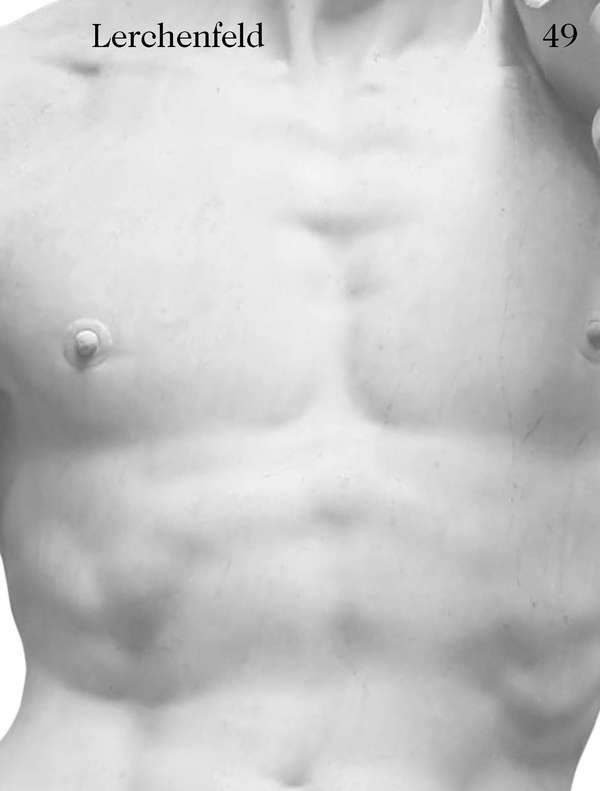






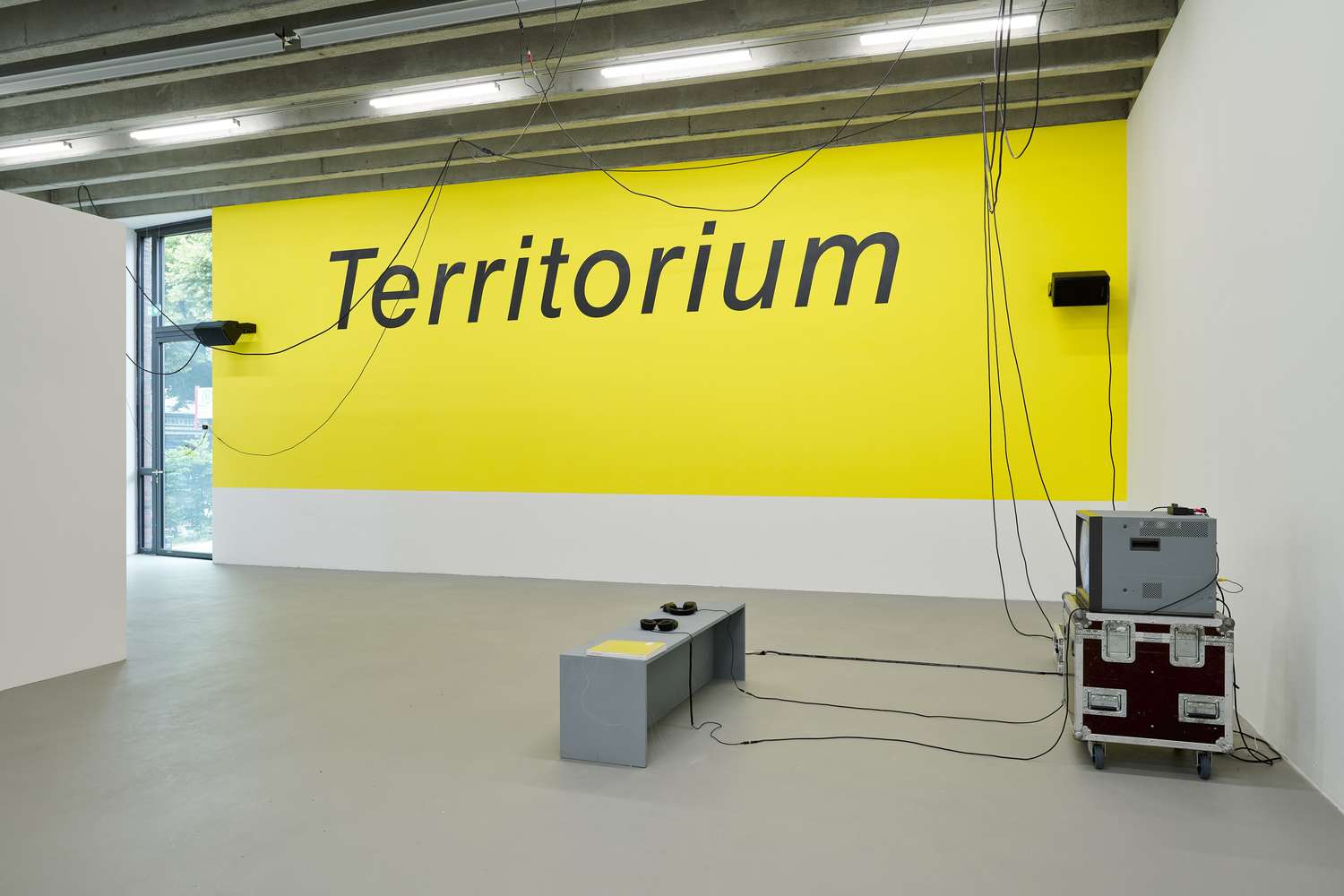



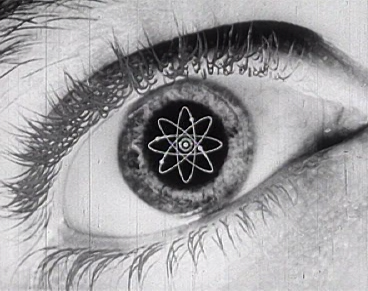
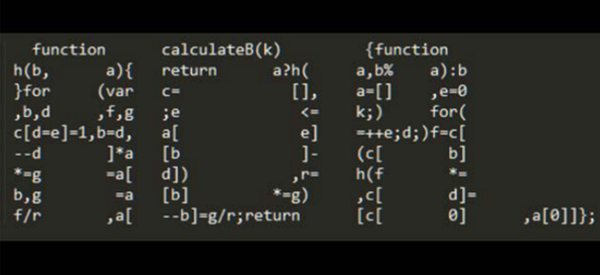





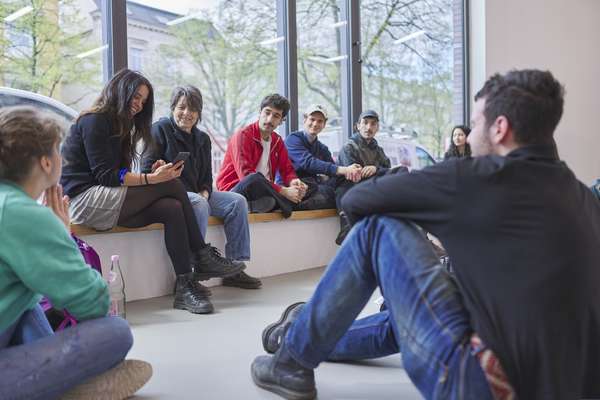

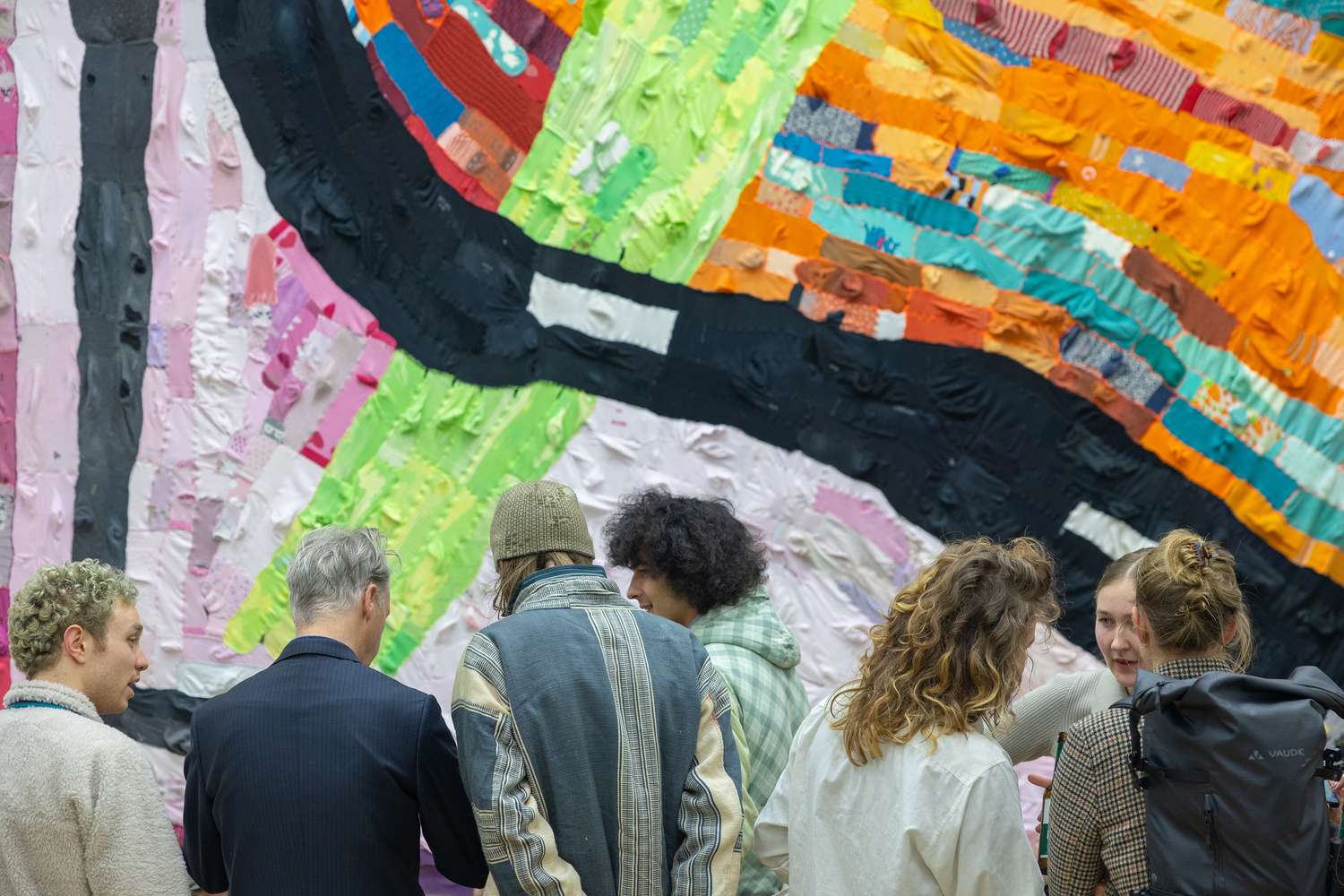










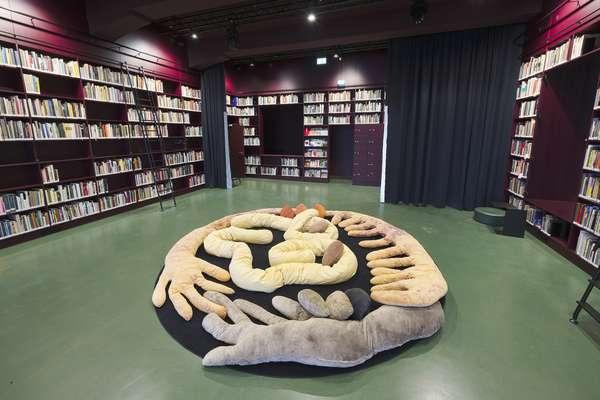







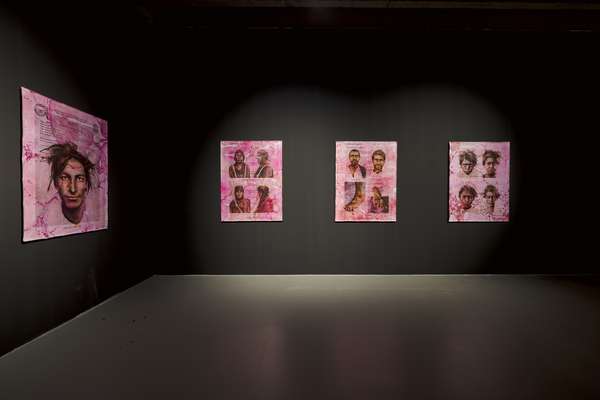













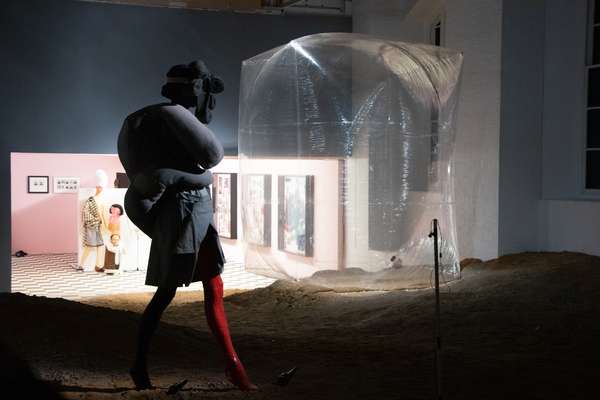




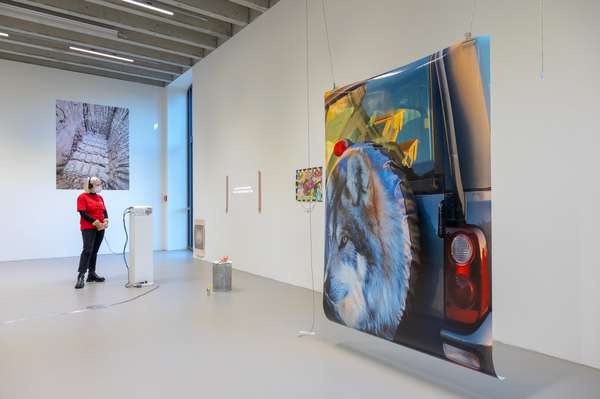







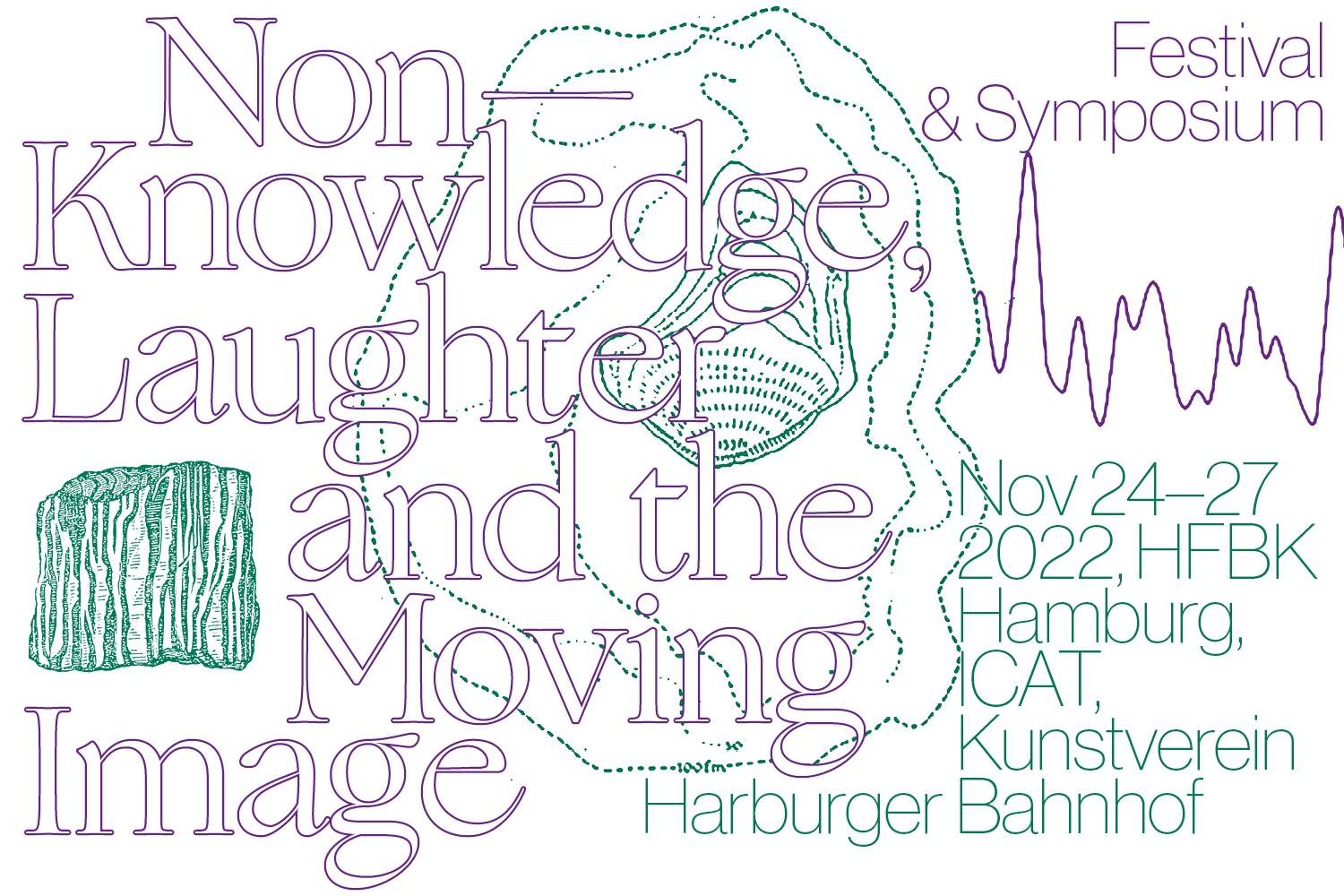





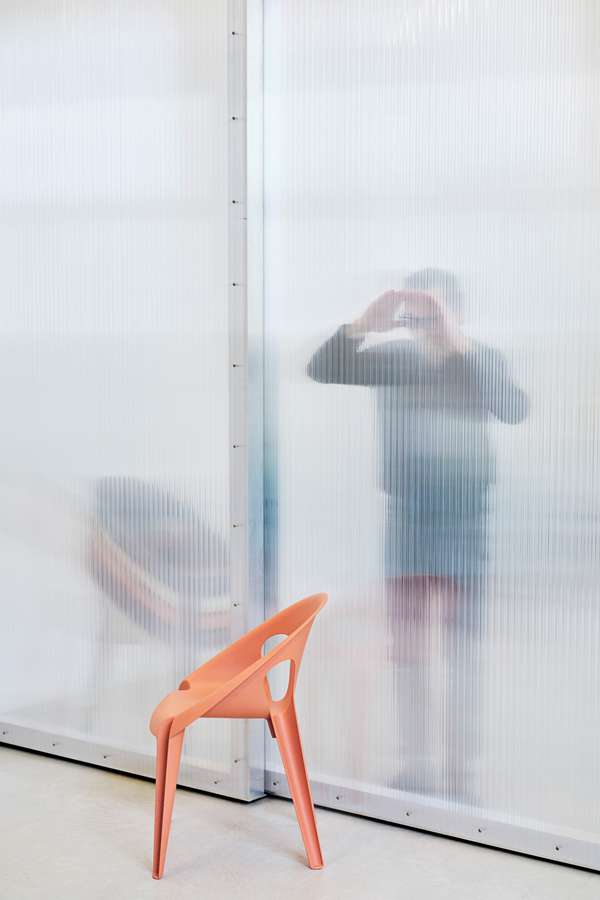





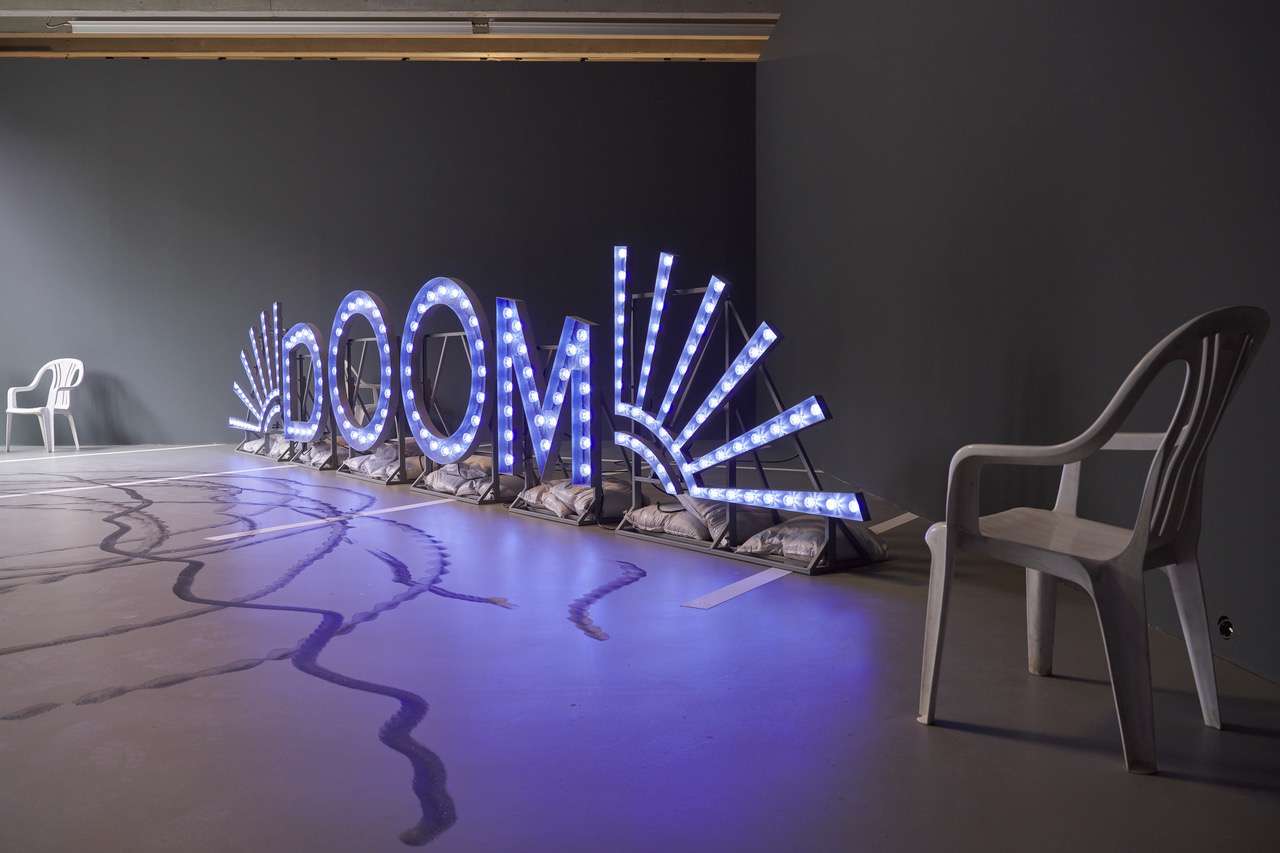










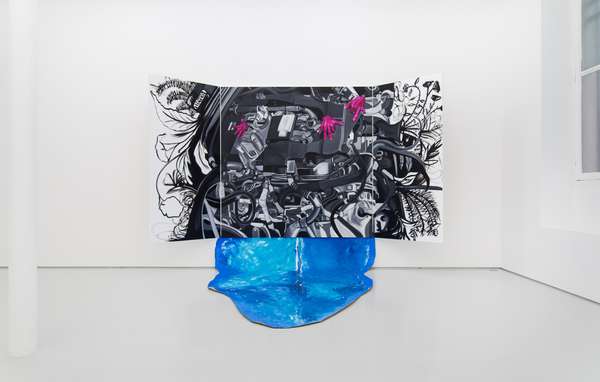






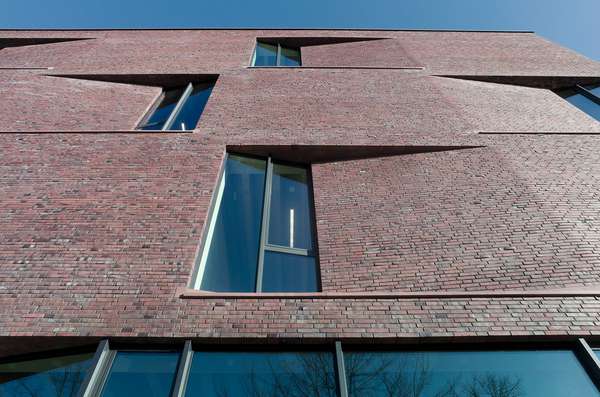




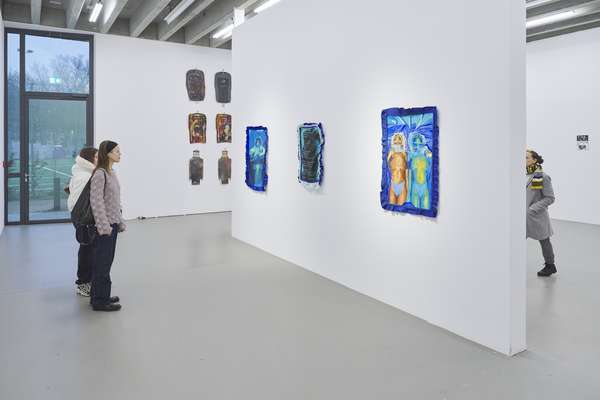




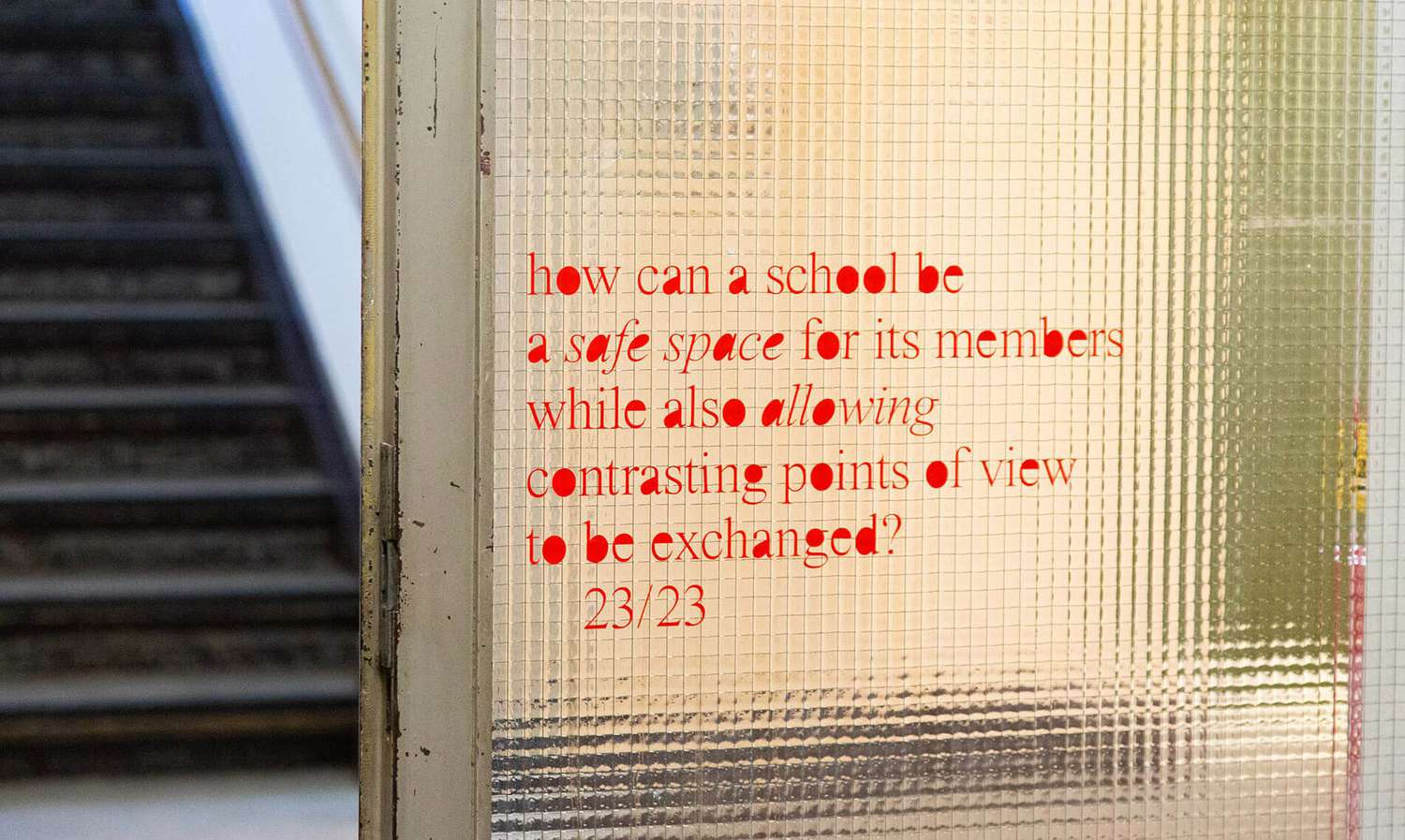

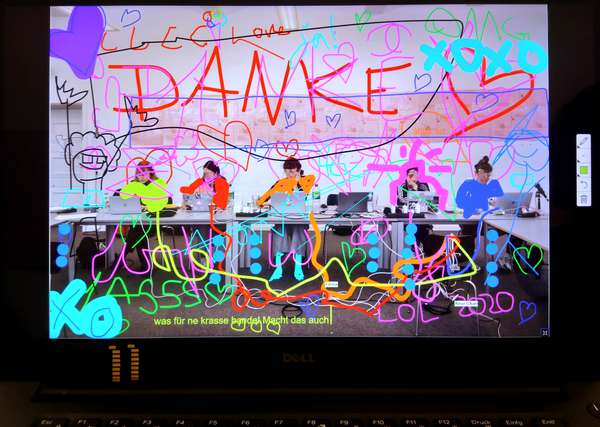







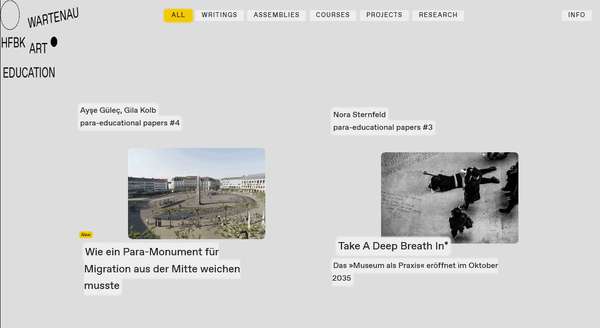
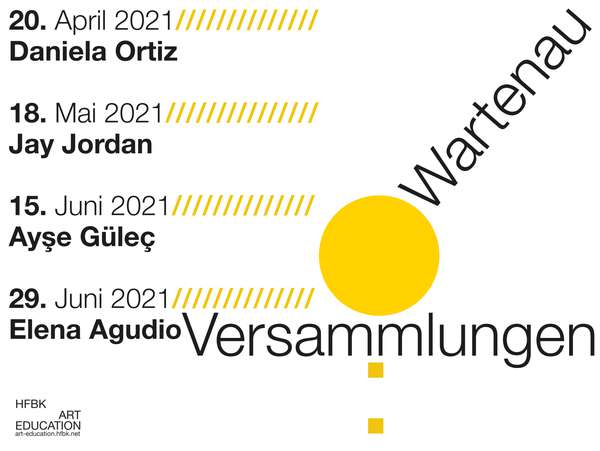





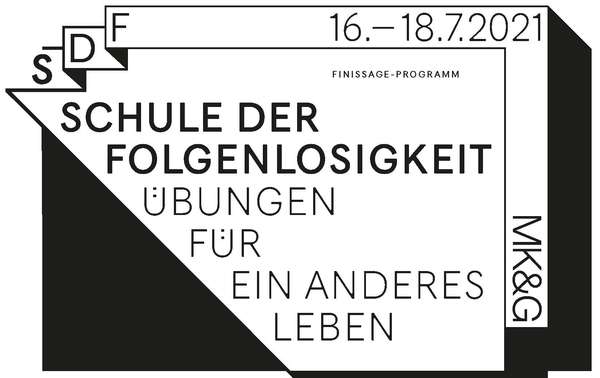






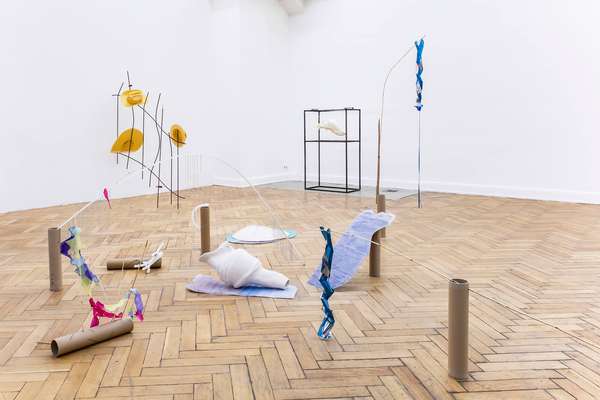



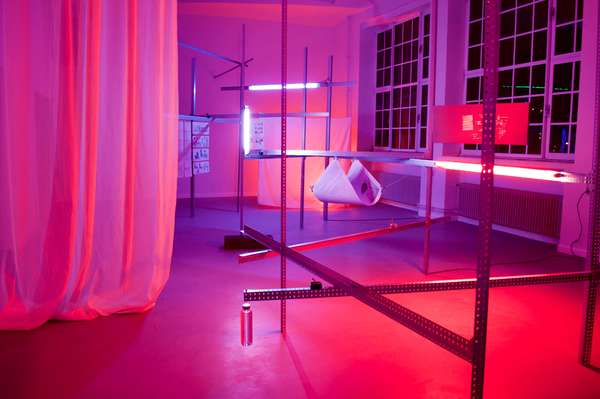




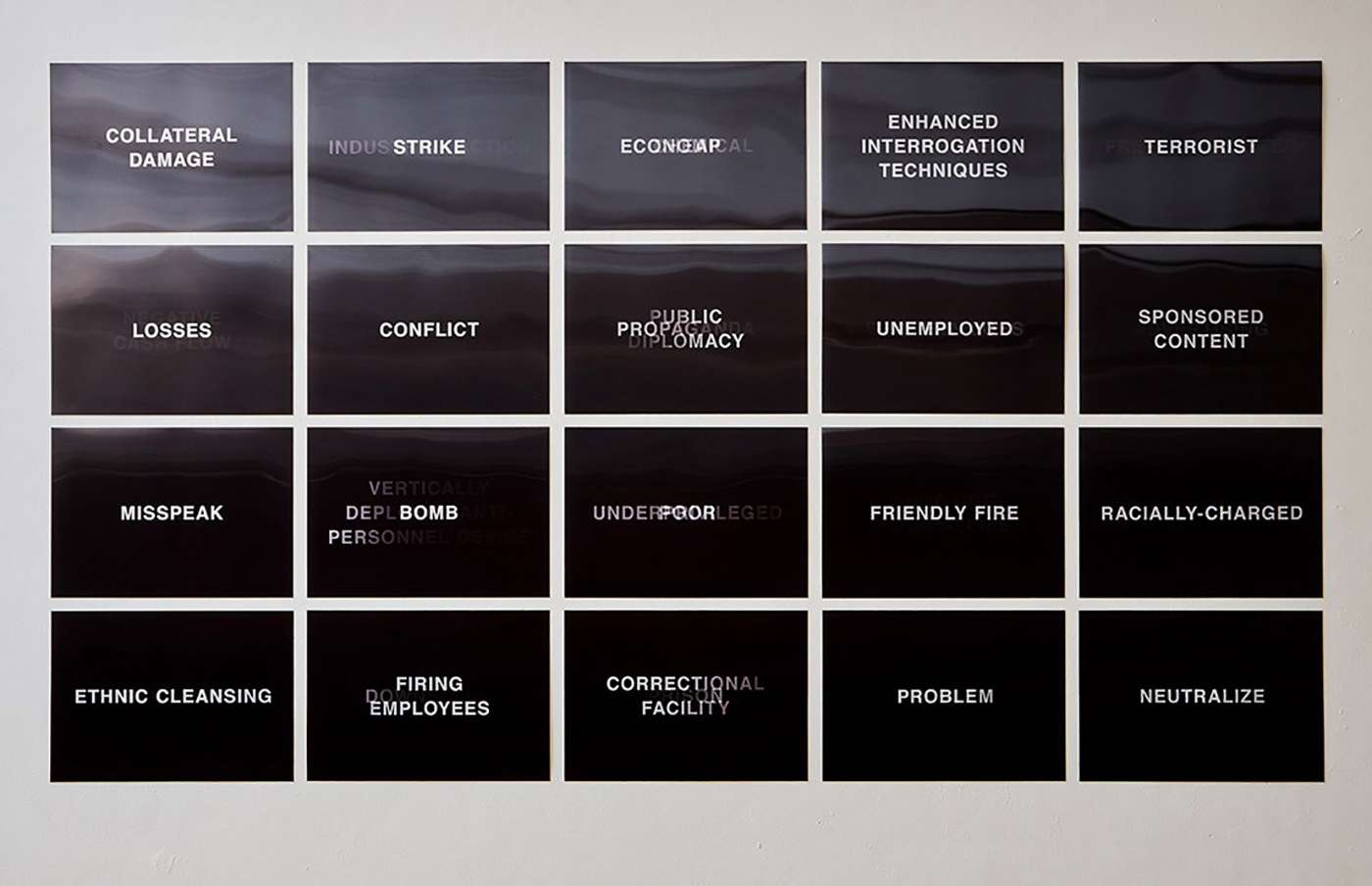










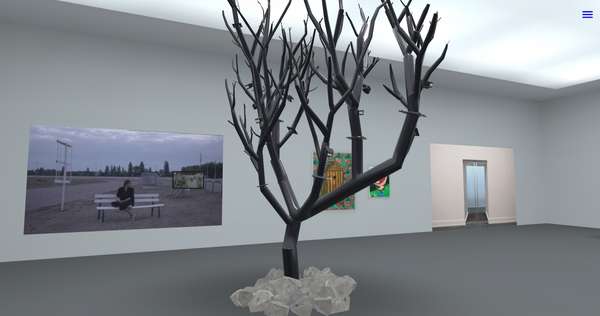





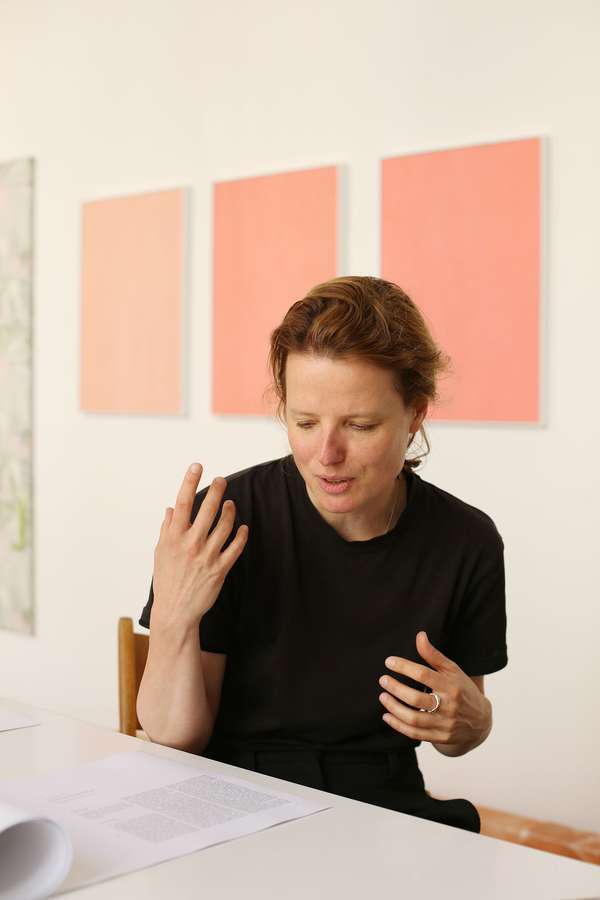

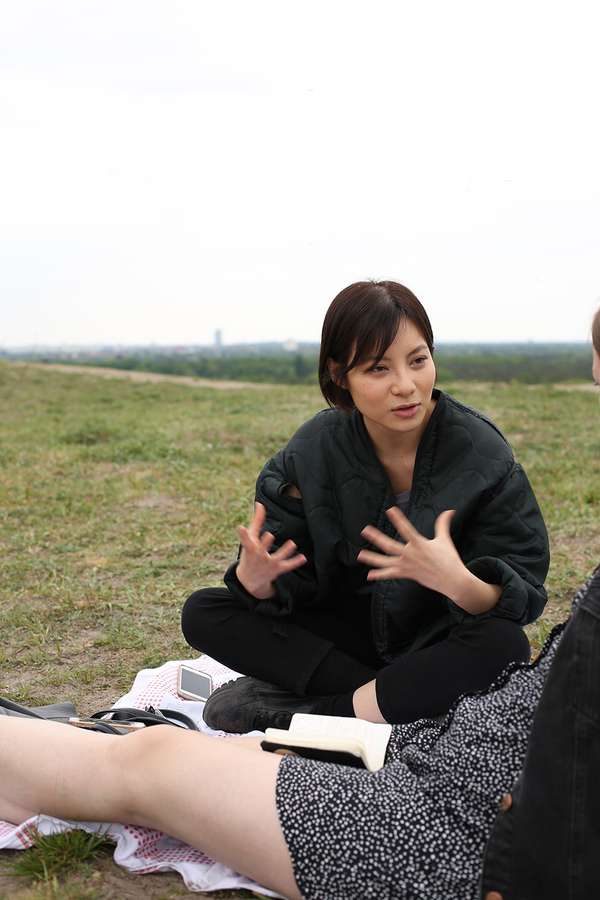








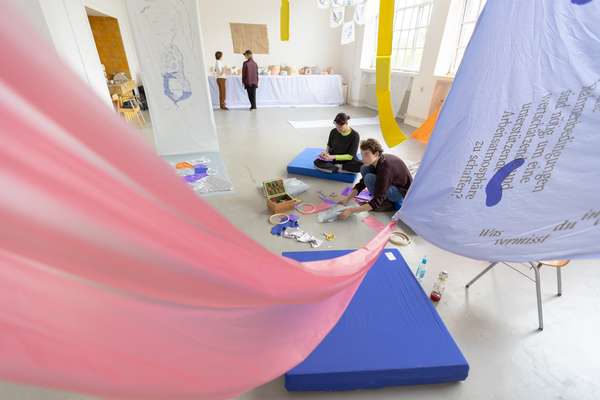

 Graduate Show 2025: Don't stop me now
Graduate Show 2025: Don't stop me now
 Long days, lots to do
Long days, lots to do
 Cine*Ami*es
Cine*Ami*es
 Redesign Democracy – competition for the ballot box of the democratic future
Redesign Democracy – competition for the ballot box of the democratic future
 Art in public space
Art in public space
 How to apply: study at HFBK Hamburg
How to apply: study at HFBK Hamburg
 Annual Exhibition 2025 at the HFBK Hamburg
Annual Exhibition 2025 at the HFBK Hamburg
 The Elephant in The Room – Sculpture today
The Elephant in The Room – Sculpture today
 Hiscox Art Prize 2024
Hiscox Art Prize 2024
 The New Woman
The New Woman
 Doing a PhD at the HFBK Hamburg
Doing a PhD at the HFBK Hamburg
 Graduate Show 2024 - Letting Go
Graduate Show 2024 - Letting Go
 Finkenwerder Art Prize 2024
Finkenwerder Art Prize 2024
 Archives of the Body - The Body in Archiving
Archives of the Body - The Body in Archiving
 New partnership with the School of Arts at the University of Haifa
New partnership with the School of Arts at the University of Haifa
 Annual Exhibition 2024 at the HFBK Hamburg
Annual Exhibition 2024 at the HFBK Hamburg
 (Ex)Changes of / in Art
(Ex)Changes of / in Art
 Extended Libraries
Extended Libraries
 And Still I Rise
And Still I Rise
 Let's talk about language
Let's talk about language
 Graduate Show 2023: Unfinished Business
Graduate Show 2023: Unfinished Business
 Let`s work together
Let`s work together
 Annual Exhibition 2023 at HFBK Hamburg
Annual Exhibition 2023 at HFBK Hamburg
 Symposium: Controversy over documenta fifteen
Symposium: Controversy over documenta fifteen
 Festival and Symposium: Non-Knowledge, Laughter and the Moving Image
Festival and Symposium: Non-Knowledge, Laughter and the Moving Image
 Solo exhibition by Konstantin Grcic
Solo exhibition by Konstantin Grcic
 Art and war
Art and war
 Graduate Show 2022: We’ve Only Just Begun
Graduate Show 2022: We’ve Only Just Begun
 June is full of art and theory
June is full of art and theory
 Finkenwerder Art Prize 2022
Finkenwerder Art Prize 2022
 Nachhaltigkeit im Kontext von Kunst und Kunsthochschule
Nachhaltigkeit im Kontext von Kunst und Kunsthochschule
 Raum für die Kunst
Raum für die Kunst
 Annual Exhibition 2022 at the HFBK
Annual Exhibition 2022 at the HFBK
 Conference: Counter-Monuments and Para-Monuments.
Conference: Counter-Monuments and Para-Monuments.
 Diversity
Diversity
 Live und in Farbe: die ASA Open Studios im Juni 2021
Live und in Farbe: die ASA Open Studios im Juni 2021
 Unlearning: Wartenau Assemblies
Unlearning: Wartenau Assemblies
 School of No Consequences
School of No Consequences
 Annual Exhibition 2021 at the HFBK
Annual Exhibition 2021 at the HFBK
 Semestereröffnung und Hiscox-Preisverleihung 2020
Semestereröffnung und Hiscox-Preisverleihung 2020
 Teaching Art Online at the HFBK
Teaching Art Online at the HFBK
 HFBK Graduate Survey
HFBK Graduate Survey
 How political is Social Design?
How political is Social Design?